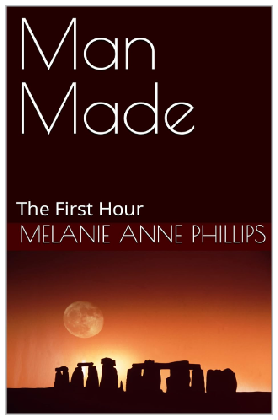|
For Story Structure |
|
For Story Development |
|
|

|
|

|
Novice Writers |
Creative Writing |

Here are a few of my best tricks for creating characters from scratch and for developing characters you've already created.
Coming up with characters is as simple as looking to our subject matter and asking ourselves who might be expected to be involved. But that only creates the expected characters -
Example:
Suppose all we know about our story is that we want to write an adventure about some jungle ruins and a curse. What characters immediately suggest themselves?
Jungle Guide, Head Porter, Archaeologist, Bush Pilot, Treasure Hunter
What other characters might seem consistent with the subject?
Missionary, Native Shaman, Local Military Governor, Rebel Leader, Mercenary
How about other characters that would not seem overly out of place?
Night Club Singer, Tourist, Plantation Owner
And perhaps some less likely characters?
Performers in a Traveling Circus (Trapeze Artist, Juggler, Acrobat, Clown)
We could, of course, go on and on. The point is, we can come up with a whole population of characters just by picking the vocations of those we might expect or at least accept as not inconsistent with the subject matter. Now these characters might seem quite ordinary at first glance, but that is only because we know nothing about them. I promised you a trick to use that would make ordinary characters intriguing, and now is the time to try it.
Of course, we probably don't need that many characters in our story, so for this example let's pick only one character from each of the four groups above: Bush Pilot, Mercenary, Night Club Singer, Clown.
First we'll assign a gender to each. Let's have two male and two female characters. Well pick the Bush Pilot and the Mercenary as male and the Night Club Singer and the Clown as female.
Now, picture these characters in your mind: a male Bush Pilot, a male Mercenary, a female Night Club Singer, and a female Clown. Since we all have our own life experiences and expectations, you should be able to visualize each character in your mind in at least some initial ways.
The Bush Pilot might be scruffy, the Mercenary bare-
Now that we have these typical images of these typical characters in our minds, let's shake things up a bit to make them less ordinary. We'll make the Bush Pilot and the Mercenary female and the Night Club Singer and Clown male.
What does this do to our mental images? How does it change how we feel about these characters? The Bush Pilot could still be scruffy, but a scruffy woman looks a lot different than a scruffy man. Or is she scruffy? Perhaps she is quite prim in contrast to the land in which she practices her profession. Since female bush pilots are more rare, we might begin to ask ourselves how she came to have this job. And, of course, this would start to develop her back-
How about the female Mercenary? Still muscular, or more the brainy type? What's her back story? The Night Club Singer might be something of a lounge lizard type in a polyester leisure suit. And the male Clown could be sad like Emit Kelly, sleazy like Crusty the Clown, or evil like Pennywise the Clown in Stephen King's "It."
The key to this trick is that our own preconceptions add far more material to our mental images than the actual information we are given -
Due to this subconscious initiative, our characters are starting to get a little more intriguing, just by adding and mixing genders. What happens if we throw another variable into the mix, say, age? Let's pick four ages arbitrarily: 35, 53, 82, and 7. Now let's assign them to the characters.
We have a female Bush Pilot (35), a female Mercenary (53), a male Night Club Singer (82), and a male Clown (7). How does the addition of age change your mental images?
What if we mix it up again? Let's make the Bush Pilot 7 years old, the Mercenary 82, the Night Club Singer 53, and the Clown 35. What do you picture now?
It would be hard for a writer not to find something interesting to say about a seven-
What we've just discovered is that the best way to break out of your own mind and its cliché creations is to simply mix and match a few attributes. Suddenly your characters take on a life of their own and suggest all kinds of interesting back-
Now consider that we have only been playing with three attributes. In fact, there are hundreds, perhaps thousands of attributes from which we might select. These might include educational level, race, disabilities, exceptional abilities, special skills, hobbies, religious affiliation, family ties, prejudices, unusual eating habits, sexual preference, and on and on. And each of these can be initially assigned in typical fashion, then mixed and matched. Using this simple technique, anyone can create truly intriguing and memorable characters.
So, imagine.... What would this story be like if we chose the seven-
Perhaps the most interesting thing in all of this is that we have become so wrapped up in these fascinating people that we have completely forgotten about structure! In fact, we don't even know who is the Hero, Protagonist, or Main Character!
Many authors come to a story with a main character in mind and can use this technique to break out of developing a stereotypical one. Other authors are more interested in the events or setting of their stories and discover their characters (including the main character) in the process of working out the plot. In that case, using this technique provides them with a whole cast of intriguing characters from which to choose the Hero.
The bottom line is that whether you have some or all of your characters in mind from the get-

